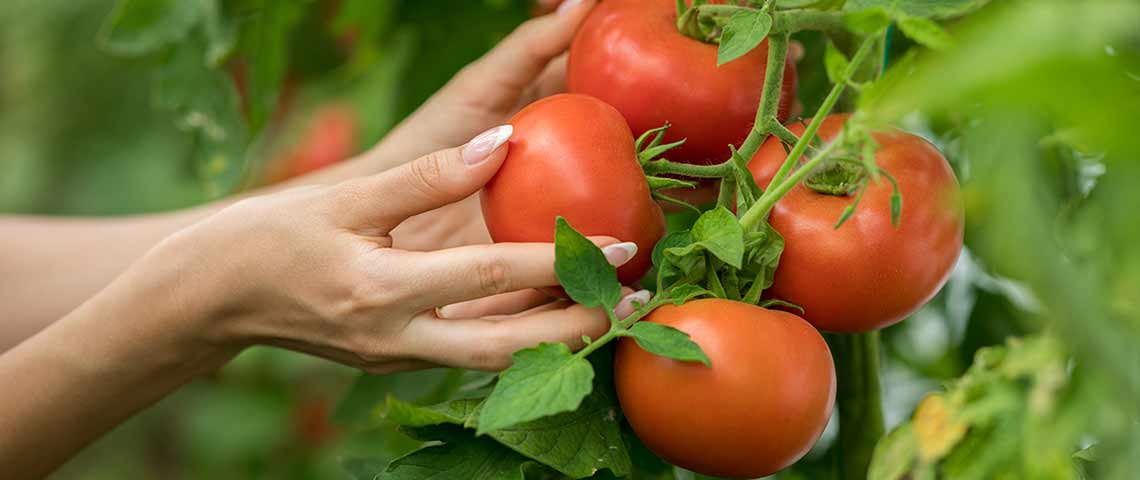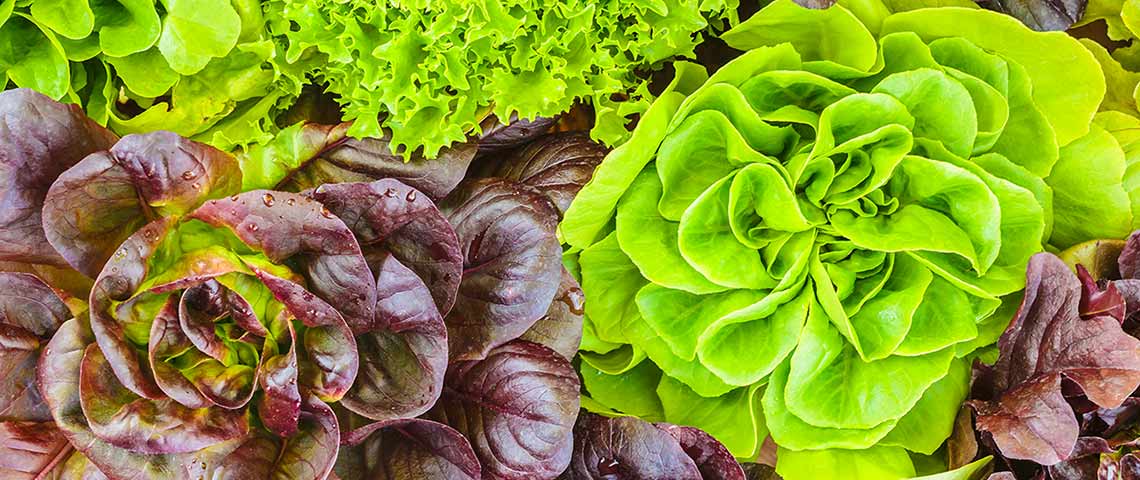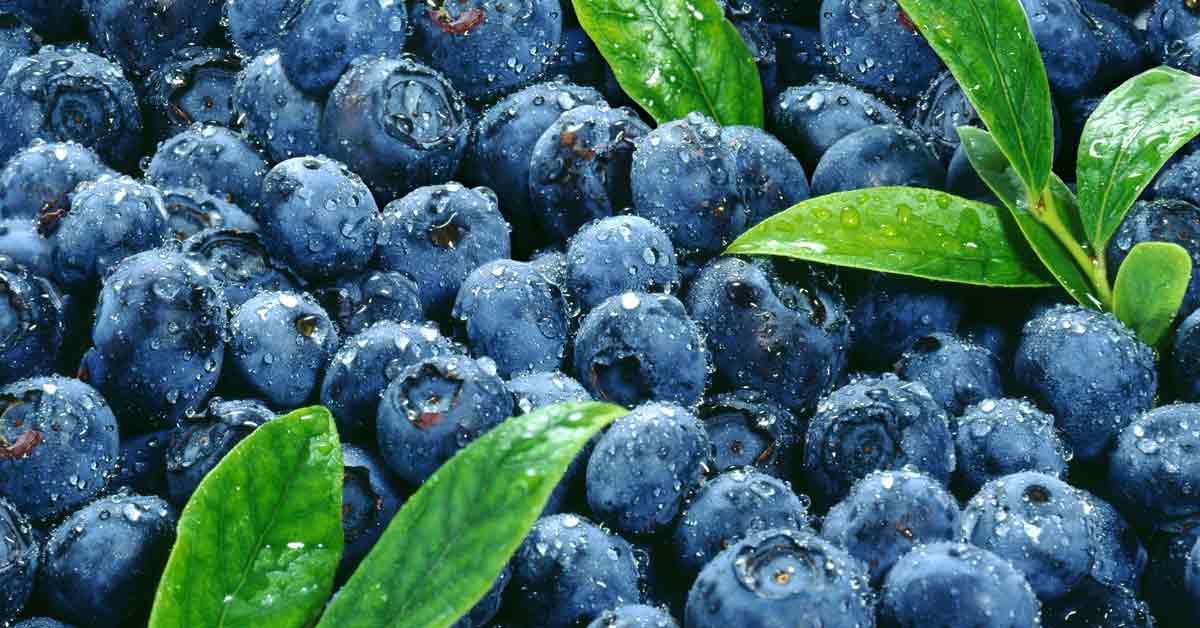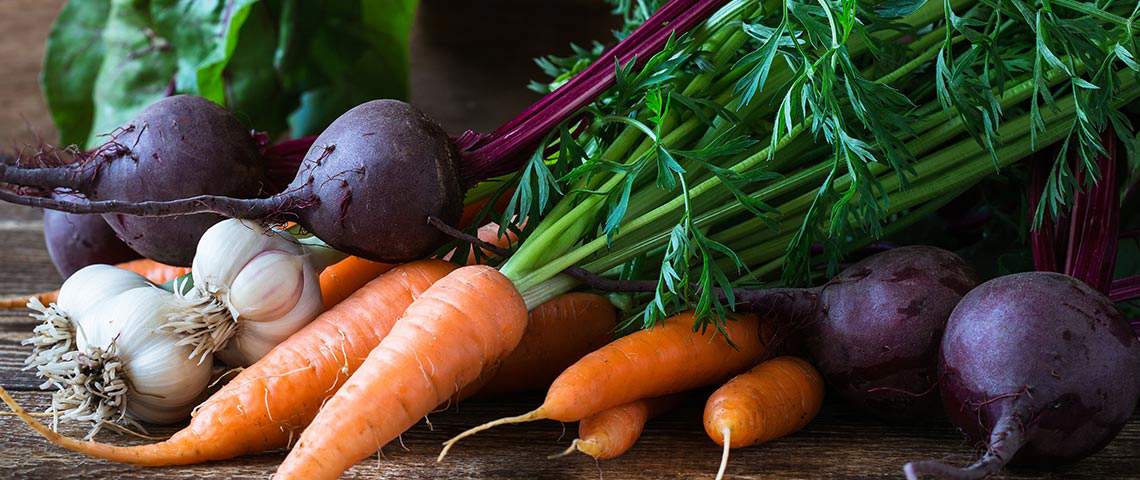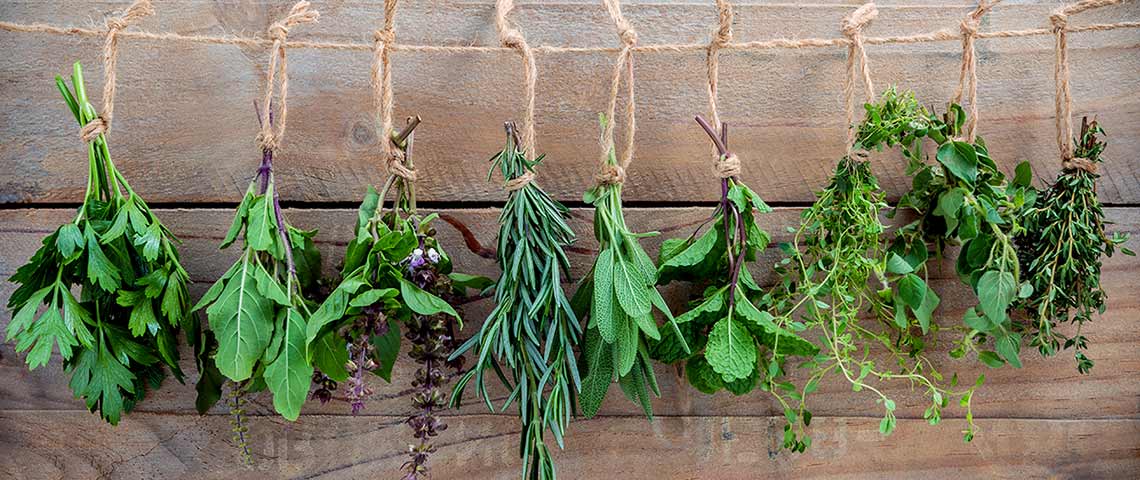How to Plant, Grow and Maintain Tomatoes
Travel almost anywhere, and you'll see tomatoes growing in local gardens. But that doesn't mean these versatile summer favorites are common by any stretch. With hundreds of varieties available, every garden is different when your grow your own tomatoes. From cherry snackers to big, plump slicers, there's something for every palate and garden plan. Happily, with a few basics, tomatoes are as easy to grow as they are to eat.
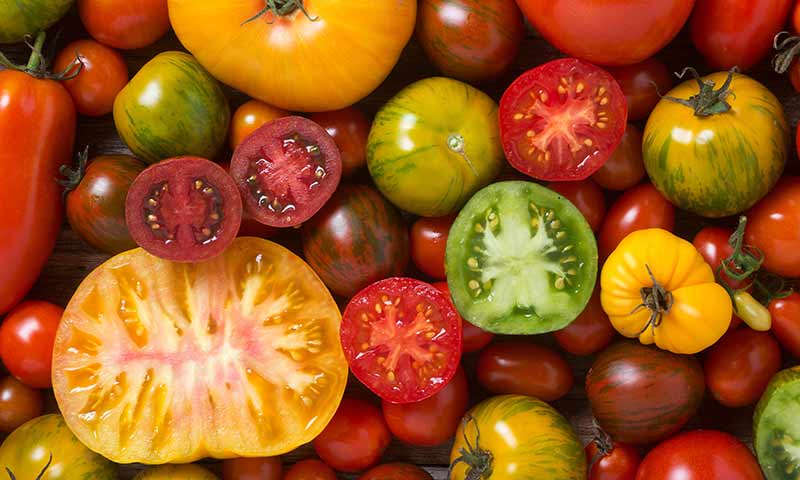
Tomatoes come in all sorts of shapes, sizes, colors and flavors.
Choosing Tomato Varieties
With so many tomato varieties to choose from, it helps to narrow things down from the start. When selecting tomatoes for your garden, keep these things in mind:
Growing habit: All tomatoes fall in two growth categories: determinate or indeterminate. This can make the difference between shorter, bushier plants and tomato vines that stretch 10 feet or more. It also affects how and when tomatoes will hit your table.
Determinate varieties grow to a predetermined height. They produce all their fruit over a short period of time. Determinate tomatoes are great if you want to try your hand at canning or want lots of ripe fruits at once. These tomatoes vary in their final height depending on variety, but they typically require only minimal support. They're a good choice for small-space gardens and containers, too.
Indeterminate varieties produce fruit over a long period of time. They deliver a steady supply throughout the growing season instead of all at once. In general, indeterminate tomatoes need more space and sturdy supports. Most heirloom tomatoes, like early yielding Yellow Perfection, are indeterminate. Allow a little extra garden space for these types, and while you're at it, leave some space for homegrown herbs.
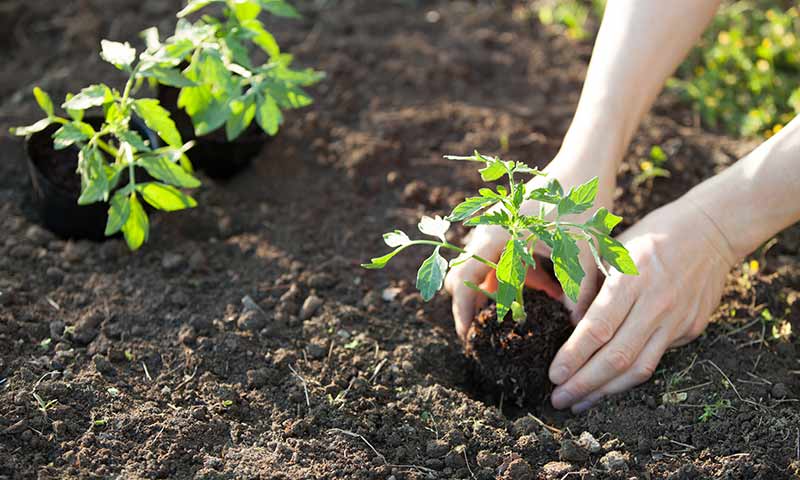
Live tomato plants are ready to go in the garden as soon as soil warms up.
Planting zone: Most people think of tomatoes as vegetables, but botanically speaking, they're fruits. (You'll see us call them fruiting vegetables, so we all stay on the same page.) On top of that, tomatoes are tropical plants. They naturally need long, warm growing seasons to mature from seed to table.
If you want to grow tomatoes from our organic seeds, plan on starting your seed indoors at least six weeks before your last expected spring frost. Tomatoes need that extra time in order to mature and ripen before cold fall temperatures cut things short.
If indoor seed starting isn't on your agenda this season, we have the answer you need. Our live plants are grown by professional nursery growers who've perfected the seed-starting part. Live plants are ready for your garden when warm weather hits, so you can transplant live tomato plants straight in your garden.
Intended use: Whether you want tomatoes for salad toppings, sandwich slices, bruschetta or classic marinaras, this part is simple: Select a tomato type based on what you like to eat. Italian sauces? Check. Mexican salsas? Check. Moroccan tagines? Double-check! And don't forget: Tomatoes are at their very best eaten sun-warmed and garden-fresh.
Heavy-yielding, determinate Roma tomatoes are perfect for pastes, sauces and sundried. (Ovens and dehydrators "sun dry" just fine.) Super-sweet, indeterminate Napa Grape tomatoes are ideal for snacking, salads and sautés. Beefy heirloom Brandywine, one of the most popular tomatoes of all time, is hard to beat for a thick, juicy, garden-fresh slice. There's a tomato for every need.
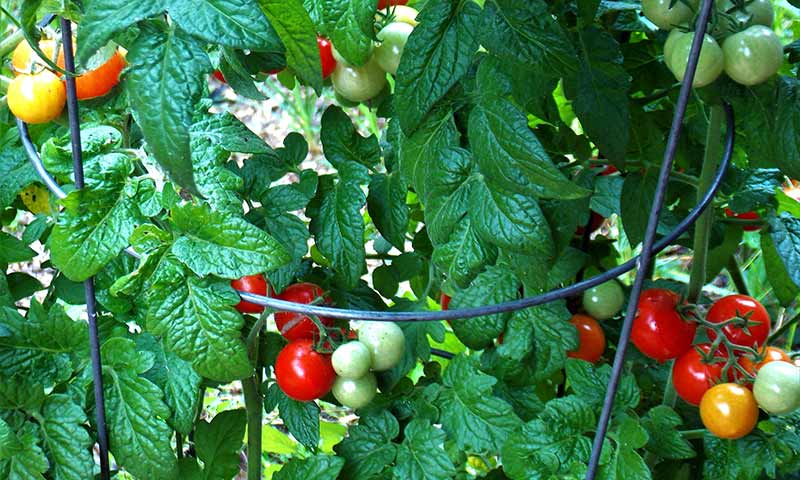
Put tomato supports in place at planting, so they're ready to support fruit.
Planting Tomatoes
When growing garden fruits or vegetables, choose a nice, sunny spot for planting your vegetable garden. Tomatoes, like most vegetables and fruits, need full sun at least six to eight hours per day for strong, vigorous growth and abundant fruit. The more sun they get, the better they'll produce.
Before you plant, show your soil some love. Pennington Rejuvenate Natural & Organic Garden Soil Mix revitalizes your native garden soil. Essential plant nutrients work in harmony with earthworm castings, bio-stimulants and sustainably sourced peat to enhance soil nutrients, improve water and nutrient retention, and improve nutrient uptake for your tomatoes. Your tomatoes will thank you — and you'll thank yourself.
If you start seeds indoors, wait until your soil warms to about 60 degrees Fahrenheit before you transplant outside. You can find inexpensive soil thermometers online or at any garden store. Seedlings should have at least four to six leaves before they move outdoors. If you purchase live plants, they'll come ready to go in your garden as soon as temperatures warm.
Follow the spacing information on your seed packet or live plant tag for how to space in your garden. Pay attention to mature height on your packs and tags, too. Dig a hole twice the width of the root ball and deep enough so that the top of the root ball lines up with your soil. Backfill your hole with soil, gently press around the stem with your hands, and water thoroughly. If your variety requires staking or a tomato cage, put it in place now.

Garden-fresh tomatoes plus homegrown herbs equal bliss.
Caring for Tomatoes
Tomatoes require 1 to 2 inches of water per week during the growing season. If Mother Nature doesn't water for you, it's up to you. Consistency is important for plump, full fruits. For deeper, stronger roots, water deeply and less frequently. Frequent, light watering encourages weaker, more shallow roots.
Like most vegetables, tomatoes are heavy feeders. Fertilize your plants at planting time with Pennington Rejuvenate Plant Food Tomato & Vegetable 4-5-4. Created to work with nature, not against it, this premium plant food provides an ideal blend of essential plant nutrients and organic and natural ingredients to nurture your soil and plants. It also includes added calcium, which helps prevent calcium deficiency, a primary cause of tomato blossom end rot. For best results, feed your tomatoes every one to two months all season long.
Tomatoes don't attract a lot of pests, but some pests cause major damage if you don't act fast. Slugs and snails are voracious pests that target soft fruits and tender foliage. As soon as you see warning signs — like silvery slime trails — put an end to the destruction. Corry's Slug & Snail Killer, designed with fruit and vegetable gardens in mind, stops slugs and snails from feeding immediately.
For other pests and foliar diseases, including mites, chewing and sucking insects, powdery mildew or leaf spot, Sevin Sulfur Dust offers two-in-one disease and insect control that won't harm plants, blooms or fruits. Dust tomato leaves lightly, let the dust settle, and family and friends can enter the garden again.
When harvest time arrives, you'll know it. Simply hold your tomato in your hand and squeeze very gently. It should be firm, not hard, and have a little give. Gently twist and ripe fruit comes off the vine easily. You can also use sharp, clean pruners or garden scissors to harvest your prize. If you harvest a little early, don't worry. Almost-ready tomatoes will ripen in a sunny windowsill in a day or two.
At Pennington, we celebrate the feeling — and the taste — of garden-fresh tomatoes grown with love, right outside your door. We've been helping yard and garden dreams come true since 1945. It's kind of our specialty. So let's get started. There's a tomato out there just waiting for you.
Always read product labels thoroughly and follow instructions.

